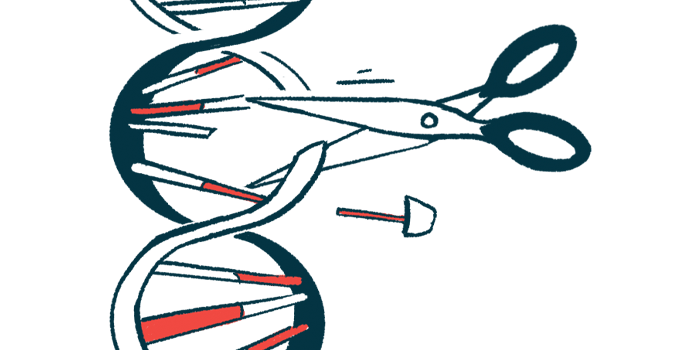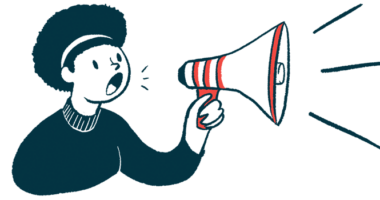New technology may inform effective MD gene therapies: Study
StitchR 'plug and play' for gene delivery, researcher says

A new technology called StitchR effectively restored the production of large muscle proteins dystrophin and dysferlin in mouse models of Duchenne muscular dystrophy (DMD) and limb-girdle muscular dystrophy (LGMD), according to a study. The results have potential implications for gene therapies.
The technology works by delivering two halves of these large genes separately, using harmless adeno-associated virus (AAV) vectors. Once inside the cell, they join to enable protein generation.
“Gene therapy is a powerful tool for delivering a healthy gene copy back to a patient’s cells to correct genetic diseases, but the vectors used to deliver this information are small, which has so far precluded their use for treating a whole host of diseases caused by mutations in large genes,” Douglas M. Anderson, PhD, lead study author and professor of medicine at the University of Rochester School of Medicine and Dentistry, said in a university news story.
The study, “Ribozyme-activated mRNA trans-ligation enables large gene delivery to treat muscular dystrophies,” was published in Science.
“With StitchR and other tools we are working towards treatments for some of the most debilitating genetic diseases on the planet, many of which have no current treatments or cures,” Anderson said.
Gene therapies for MD
Muscular dystrophy refers to a group of diseases that cause progressive muscle weakness and wasting. DMD, the most common type of muscular dystrophy, is caused by mutations in the DMD gene that codes for dystrophin, a protein that helps to protect muscle cells from damage during movements. LGMD, characterized by muscle wasting at the shoulders and hips, may be caused by mutations in several genes, including DYSF, a gene that encodes dysferlin. This protein provides structure and protects muscle fibers. Mutations in DYSF cause the LGMD 2B/R2 subtype.
Genes whose mutations cause muscular dystrophies are often too large to fit in currently available delivery methods, including AAV vectors. To overcome this challenge, researchers at University of Rochester along with collaborators at Canbridge Pharmaceuticals developed StitchR, which uses two independent AAVs.
Once inside a cell, the two DNA halves segments generate messenger RNAs (mRNAs), template molecules made from DNA with information to make protein, which bind to restore production of a missing or inactive protein. First revealed in an earlier observation that happened by chance, the process involves using small RNA sequences, called ribozymes, that cut the mRNA molecules so that they are joined by the cell’s own repair machinery.
“Instead of delivering the full gene in a single vector, which isn’t possible, we’ve developed an efficient dual vector system where two halves of a gene are delivered separately but come together to reconstitute the large mRNA in the affected tissues,” Anderson said. Also, “because StitchR occurs at the level of RNA, we can control and ensure that only the full-length protein product gets made,” he added.
The team at Rochester optimized the process and adapted it for gene delivery in AAVs, the most commonly used vectors for gene therapy. After testing several ribozyme types, the researchers ultimately identified a way to generate high levels of protein.
“We demonstrate that StitchR can be harnessed for effective dual adeno-associated virus gene therapies to correct muscular dystrophies by restoring large functional muscle proteins to endogenous levels in vivo [in living animals],” the researchers wrote.
Lynne E. Maquat, PhD, director of the University of Rochester Center for RNA Biology, said the idea “sounds simple, but this required considerable bench work to optimize the molecules involved, ensure they are stable in cells, and make the process as efficient as possible.”
“StitchR is really plug and play at this point,” Anderson said. “We’ve now tested this with many different genes and sequences.”
The investigators are in the process of establishing collaborations with other teams and developing StitchR vectors to treat other diseases caused by alterations in large genes.







